Wabi-Sabi: The Japanese Philosophy Of Embracing Imperfectionism
Or How To Learn To Appreciate And Enjoy What We Have
How this age-old philosophy can help you navigate the modern day struggles of striving for perfection.
In a time of perfectly curated social media feeds, endless barrages of new products, services and people who can help you become the better you, it’s hard to take a step back and appreciate what we have. How can we be satisfied with what we’ve got if we’re always wanting what’s unattainable? Well, maybe the traditional Japanese ideologies of wabi-sabi can help.
The concept of wabi-sabi encompasses everything from aesthetics to temples, classic gardens and ceramics. For now, let’s consider wabi-sabi as a lens through which we can focus on our everyday lives.
What is Wabi-Sabi?
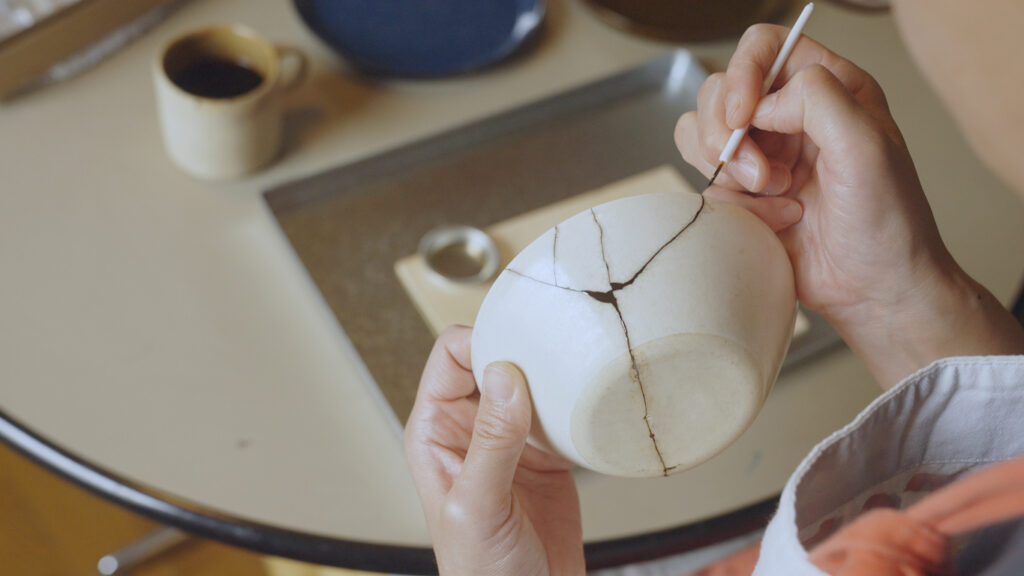 © Photo by iStock: BigCircle
© Photo by iStock: BigCircleIf you’ve encountered the term wabi-sabi, chances are it was in relation to Japanese aesthetics. A great example of wabi-sabi is kintsugi, the art of mending cracked pottery with gold-dusted lacquer. This technique celebrates age and damage instead of hiding imperfections.
Originally, wabi and sabi were two separate concepts. They evolved from a way to describe the loneliness of a reclusive life living out in nature.
侘 (wabi)
The term wabi became a way to express appreciation for the beauty in the elegance of humble, rustic simplicity.
寂 (sabi)
Sabi was once a term for the way time affects deterioration. It could be the passing of seasons or the aging pages of an antique book. It’s the beauty of the impermanence of aging.
Together, these concepts harmonize to create a more overarching concept of appreciating the simple yet impermanent states of life.
Famous Japanese architect Tadao Ando described wabi-sabi in the book The Wabi-Sabi House: The Japanese Art of Imperfect Beauty as:
“The Japanese view of life embraced a simple aesthetic that grew stronger as inessentials were eliminated and trimmed away.”
After failing to come to a precise definition of the ideology, writer Leonard Koen in his book Wabi-Sabi: for Artists, Designers, Poets & Philosophers, created his own overarching explanation:
“Wabi-sabi is the beauty of things imperfect, impermanent and incomplete, the antithesis of our classical Western notion of beauty as something perfect, enduring and monumental.”
Wabi-Sabi and Buddhism
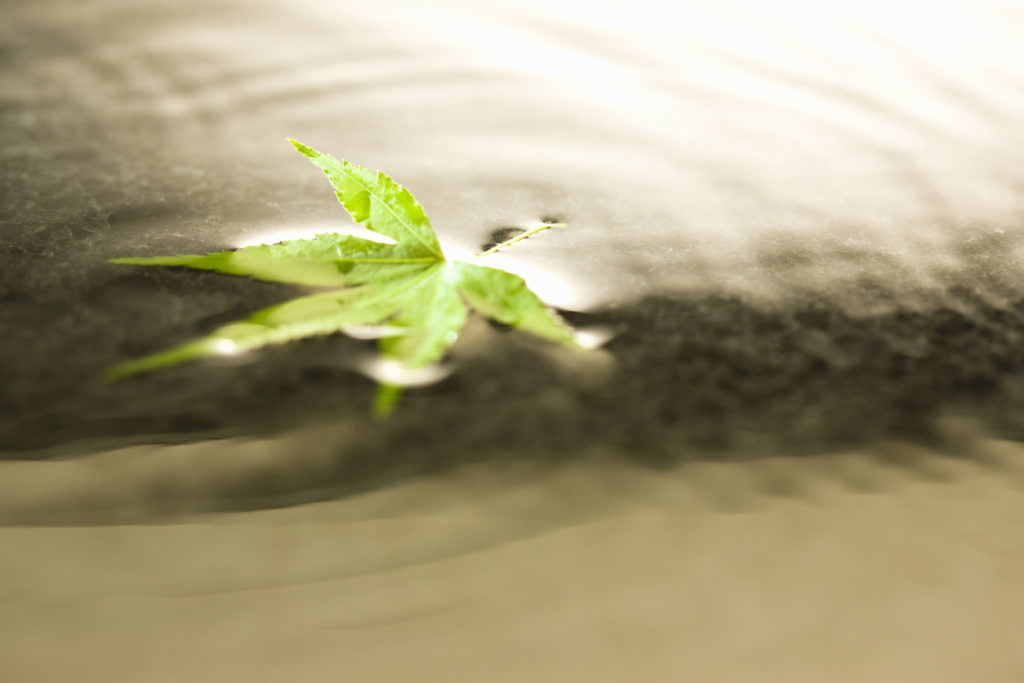 © Photo by iStock: gyro
© Photo by iStock: gyroAlthough there’s plenty of information on wabi-sabi interpretations, an official record of the philosophy has never been written down. In the name of transience, the teachings of wabi-sabi have been passed down indirectly from teacher to student. This way, individual interpretations, understandings and influences have shaped what the philosophy means as it passes through each person.
If you were to trace it all the way back to its roots, you’d find that the history of wabi-sabi lies within the realm of Buddhism. More specifically, the Buddhist teachings of the “Three Marks of Existence,” or in Japanese sanboin. These teachings are:
Embracing Impermanence
The acceptance that as life moves forward, so does everything within it, and with that comes its own beauty. Think of the local festivities around the cherry blossom season hanami in spring and the autumn koyo here in Japan. We celebrate the fleeting beauty of cherry blossoms and leaves that last only a few weeks each year. A gentle gust of wind can scatter them, leaving their remnants to be slowly trampled into the earth.
Suffering
The acknowledgment that impermanence is part of our ever-evolving life. Although not pleasant, suffering can ultimately lead to growth and a deeper understanding of how multifaceted life can be.
Absence of Self
We can link this one back to impermanence, too, but in a more self-aware way. Like everything around us, we are always in a state of flux.
Implementing Wabi-Sabi Into Everyday Thinking
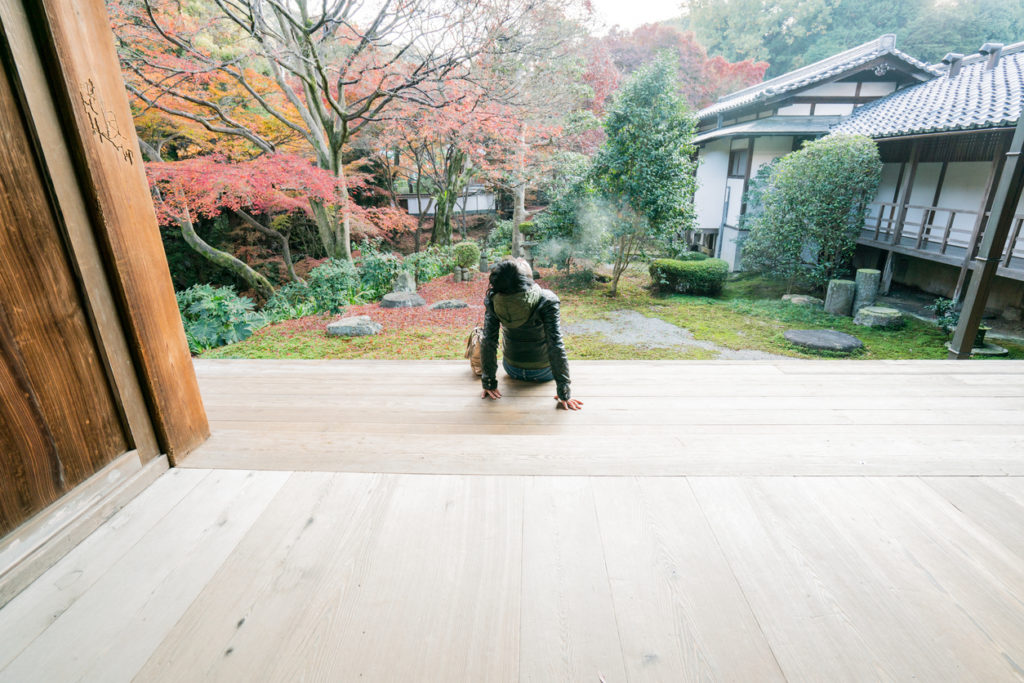 © Photo by iStock: AH86
© Photo by iStock: AH86Like with the resurgence of ikigai, in more contemporary mainstream society, elements of wabi-sabi can be directly transferable to everyday life. Many of us live in a state of constant longing, unsatisfied with what we have, striving to achieve an unattainable level of perfectionism.
Media and social influence often distract us from the positivity in our lives through constant comparisons to others. While wanting to improve is natural, it’s important to appreciate what we already have.
In The House
In recent years, wabi-sabi has become a major source of inspiration for professional interior designers. The idea balances the peripheries of minimalism but isn’t about cold sterility. It’s about making use of what you have and not purchasing what you don’t need. A house is a place to be lived in, so why not show signs of life?
Rather than falling into the cycle of quickly accessible, cheaply made, quickly thrown away items, consider investing in household goods that will last and grow with you over time. Think of a rustic table that’s been passed down through generations, each scratch adding to the narrative of the object’s history. Another great way to add wabi-sabi into your home is to consider buying second-hand and appreciating the life the object lived prior to you. It’s also an excellent way to save money and reduce your consumption.
In The Kitchen
Spending time preparing food can be a stressful experience, one that’s clouded by a fear of failure. In reality, though, if you take the time, it can be a meditative experience, creating something from scratch, enjoying the smells and flavors, and taking the time to create something for the ones you love. Wabi-sabi says a dish doesn’t have to be plated perfectly. Think about it: you don’t love homestyle cooking for its beauty; you love it for the story and care behind the creation.
It’s not just about cooking. When it comes to selecting what to eat, whether it’s a meal at home or something on the go, sometimes simple is better. Enjoy the crisp freshness of juicy apple and the soft sweetness of yaki imo (Japanese sweet potato) straight from the vendor’s grill. This appreciation will hopefully reignite mindfulness around eating, something that’s key to maintaining a more well-balanced diet.
At Work
No matter whether you’re part of a major company or you work for yourself, the workplace is a constant battle between deadlines, exterior pressures and the attainment of perfection. It’s been shown that trying to multitask actually inhibits productivity. Although you may feel like you’re getting more done, in reality, you’re distracting yourself until time has run away from you.
If you have a project that needs to be done, don’t be afraid to embrace the wabi idea of isolation and dedicate your undivided attention until it’s achieved. Close that Facebook tab, turn off your email notifications and get in the zone. You’ll be surprised how quickly that to-do list will shrink. Also, during regular intervals, be sure to take a moment to refresh, breathe, grab a coffee, go outside, appreciate the moment and recharge.
In The Beauty World
The beauty of eternal youth, a concept programmed into all of us (men and women) since the beginning of our lives is the antithesis of wabi-sabi. Although it’s important to take care of our bodies, we also have to take care of our mental health by embracing the fact that there are just so many parts of us we cannot change. Rather than stressing about those wrinkles, appreciate the laughter that caused them. Instead of hiding that scar, think of it as a permanent reminder of the adventures you once had.
A balance between appreciating what you have and how you got it and taking time to understand the fleetingness of it all, wabi-sabi is a way to take a step outside the constant influx of messages telling us we should want more. It is a state of mindfulness, living in the now and finding satisfaction in our lives even when it’s so easy to fall into the trap of thinking the opposite.
What is your interpretation of wabi-sabi and how do you incorporate it into your daily life? Share your thoughts with us!












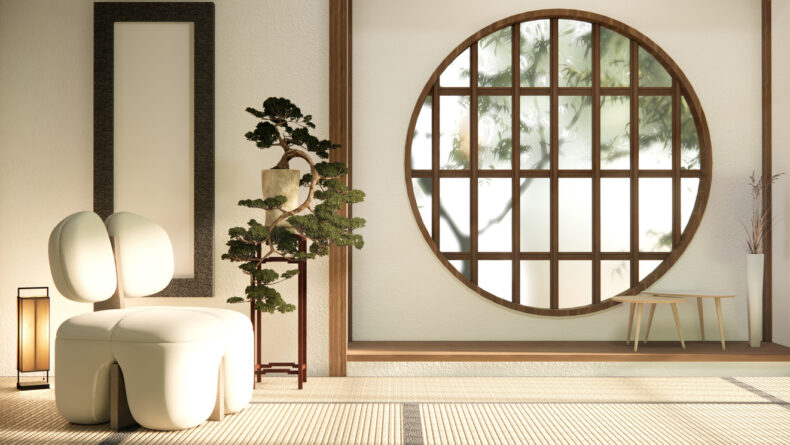


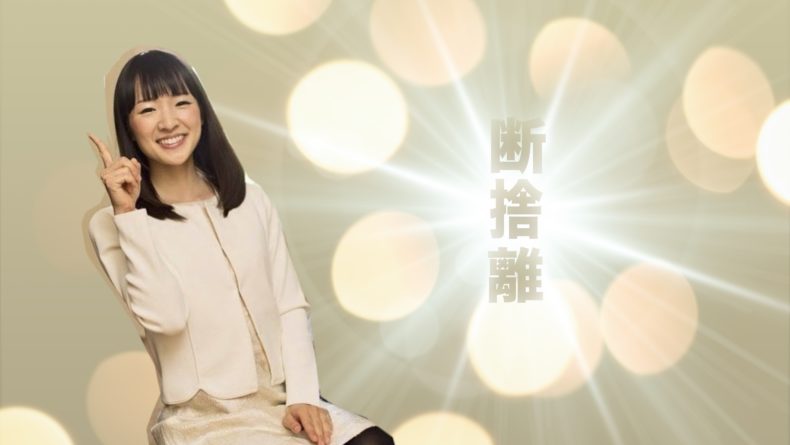
Thank you. Fine and easy to understand explanation.